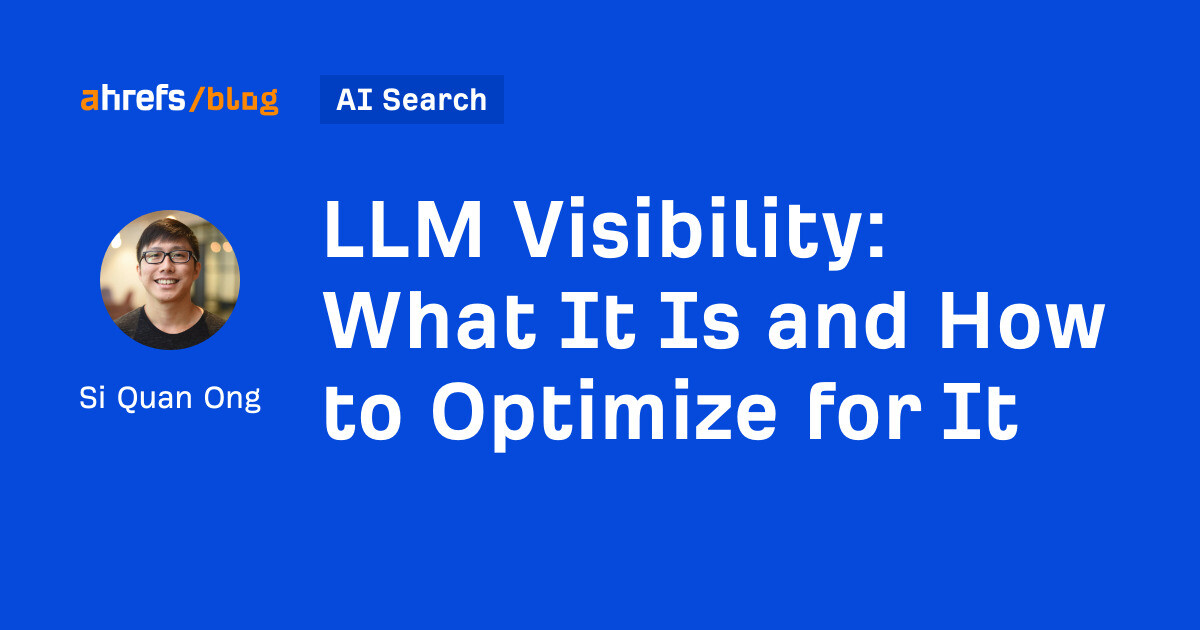3 untapped ways your existing data can produce better ROI
Data-driven business decisions can greatly benefit returns, employing advanced analytic techniques and machine learning to scale audiences for activation

Every year, brands spend billions of dollars on survey research to better understand their customers, their marketplaces and their brands’ equity. Survey research is a powerful tool to help understand the thoughts and opinions of your customers and consumers in ways that behavioral data—such as social media feeds, sales data and even device meters—can’t do.
Importantly, survey research avoids many of the privacy concerns created by observational techniques since respondents explicitly understand they are being interviewed and generally receive some sort of value exchange for their responses. While surveys provide excellent ROI in helping brands make data-driven business decisions, those returns can increase significantly with creative use of advanced analytic techniques and new technologies such as machine learning to scale audiences for activation.
Make better business decisions
Some of the most common survey research studies contracted by brands include brand-equity studies that inform them not only about how different consumer segments feel about them and their competitors, but also the ways their consumers use their products and how they choose to interact with them. These studies are often repeated at regular intervals to track data over time.There’s also creative-testing studies that measure the expected impact of advertising campaigns before they’re launched and provide valuable information on how creatives can be improved for greater returns on investment. Lastly, ad-effectiveness studies measure the in-market effect of advertising, typically by identifying individuals who are exposed to the ads and asking their impressions of the brand, then comparing them to people who have the same characteristics of the exposed group but have not seen the ad.
On top of all these benefits of survey research studies, here are three highly effective and advanced ways to maximize the impact of the data you’re already paying to collect:
1. Optimize brand messaging with advanced analytics. Examining your survey crosstabs helps you understand how your survey data breaks down across demographics, brand use and other characteristics of interest. But this is limited to measuring simple differences and/or correlations. More advanced statistical techniques, such as regression, enable you to identify causal relationships in your data. Attribute drivers, for example, allow you to understand which of your brand attributes are driving your KPIs to optimize your brand messaging.
2. Anticipate trends and seasonality using time-series analyses. It’s often difficult to understand from survey wave-to-wave comparisons what has really changed for your brand over time. Time-series analyses allow you not only to develop statistically valid trend metrics, but also to account for expected seasonal variability in ad spend by channel.
3. Activate on key metrics by scaling high-value audiences. Finally, one of the most overlooked and powerful additional uses for survey data you already trust is creating high-value audiences by scaling your respondents to deliver the right ad to the right people at the right time. Audiences for activation can be selected from predetermined sets available commercially.
Importantly, you don’t want to dilute your segments with the closest fit to commercially available audiences, or by using the same segments that so many others are using at the same time. There’s no reason to add those kinds of expenses or delay when you’ve already put in the effort to collect the right data through your survey research studies, and when your own studies provide such a rich seed for activating on the metrics you really care about.
Scaling audiences to meet needs
For audience scaling, consider using a fully permissioned first-party panel with personally identifiable information (PII) for your survey work. This allows you to find segments within the data you’ve already collected and scale audiences that meet your exact needs. Your brand tracker can easily be used to identify a subset of your respondents, for example, those who are users of your category of products and are favorable to your brand, but have not yet become your customers. Such panelists would provide an excellent seed for scaling an audience for activation.
Brands spend a lot of time developing good questions and a lot of money collecting good survey data. In a world of limited resources, we should always strive to get the most value out of them. In many cases we’re just scratching the surface of the possibilities.
Connect with us or learn more about activating audiences for better campaign performance.

 Hollif
Hollif 































